
 Instagram
Instagram
7 Effective Quad Stretches for Tight Quads


Related products
Tight quadriceps can easily predispose individuals to discomfort and limit mobility, with increased susceptibility to injuries, especially in individuals who spend most of their time in a nine-to-five desk job or those who indulge in impact sports. The quadriceps refer to a group of four muscles at the front part of the thigh responsible for extending the knee; hence, this lengthens the whole of the lower part of the body. These muscles must be regularly stretched, as flexibility and performance can be significantly improved, and a wide range of musculoskeletal maladies can be avoided this way. Properly stretching the quads can also have a direct impact on sports performance, helping athletes perform better by reducing the risk of strains and enhancing muscle function.
In the present paper, seven different types of quad stretches will be explored, all efficient, each with its beneficial and precautionary aspects, in accordance with the comments and suggestions made by experts.
1. Standing Quad Stretch
Standing quad stretch is one of the most time-saving ways to loosen the quadriceps muscles. Balance on one leg and draw your opposite foot toward your glutes, grabbing your ankle with your hand. This stretch turns on your rectus femoris—one of the main quadriceps muscles that are often tight from a lot of sitting or highly active exercise. The standing quad stretch helps improve the flexibility of the quadriceps and, at the same time, promotes balance and stability, which is very important in preventing any injury. For those looking to enhance recovery and overall performance, incorporating a supplement from Nutrex can support muscle repair and reduce soreness after stretching and exercise.
It is recommended to hold the stretch for 15-30 seconds on each leg and repeat two to three times.
2. Lying Side Quad Stretch
The lying side quad stretch is quite helpful when one has certain problems in maintaining balance or in those cases where stretches involving standing are not possible. This is because, in a lying position, one can easily pull the top foot towards the glutes and can manage to perform stretching to the quadriceps without relying on balance. Dr. Emma Johnson, a sports medicine specialist, elaborates, "This stretch is great for isolating the quadriceps without pulling on the lower back or knees, which can be a limitation with standing stretches." This is important for managing appropriate hip alignment and not arching the back, which could put additional stress on the lumbar spine. To complement your stretching routine and support muscle recovery, incorporating Naughty Boy supplements can help reduce soreness and improve muscle flexibility.
3. Kneeling Quad Stretch
The kneeling quad stretch provides a more substantial stretch than the standing versions. Begin on your hands and knees. Bring one foot forward, keeping the other knee on the ground while taking the lunge position. Lean forward slightly, squeezing your hips to further stretch the quadriceps of your back leg. According to Dr. Michael Chan, a specialist in orthopaedics, "The kneeling quad stretch is particularly useful for people coming out of anterior knee pain or patellar tendinitis since it provides for the quadriceps to be stretched gradually with minimal knee loading." Again, the point is consistency because holding the stretch for 20-30 seconds can yield much better flexibility over time. To support recovery and enhance performance, incorporating MHP supplements into your routine can help with muscle repair and flexibility.
4. Reclined Hero Pose - Supta Virasana
Reclined Hero's Pose, or Supta Virasana, is a more advanced quad stretch that may help improve general lower body mobility by focusing on the hip flexors. This posture is executed in a seated position between the heels in a flexed knee position, then reclining backward. It also stretches all the quadriceps muscles and everything on the front of the body. According to yoga therapist Dr Louise Anderson, "While it is an extremely effective pose, it has to be done with great care and for most students especially those suffering from knee and low back problems. Adjustments using bolsters or blocks provide weight-bearing support and cause no strain on the knees." The reclined hero pose helps in the circulation of blood in the legs and relaxes cramping-a condition that often follows long hours of standing or work.
5. Frog Pose with Quad Stretch
Frog pose with a quad stretch is a amalgamation of kinesics that involves inner thighs and quadriceps. Thereby, the movement primarily begins through the frog pose, where the knees are to be kept wide, and the hips are pushed towards the back. The quadriceps stretching can thereby be added onto it by reaching one arm back and holding onto the foot of the opposite leg. Let pulling in a soft way in order to cause an increase in the quadriceps' stretching. Physiotherapist Dr Alan Thomson says, "This stretch is favourable for people with tight hip flexors and quadriceps, as this stretch targets both at the same time. But it requires good hip mobility-so those with hip restrictions must be very careful." A few other inclusions are modifications like using yoga props and reducing the range to adjust the flexibility levels.
For optimal recovery and performance during your stretch sessions, consider using the Applied Nutrition BCAA Amino Hydrate Caffeine Free - Orange Burst, which helps support muscle hydration, or Olimp Nutrition Creatine 1250 Mega Caps for improving strength and stamina.
6. Runner's Lunge with Quad Stretch
Another great way of targeting the quadriceps is with the runner's lunge and along with that, the stretching of the quad. This is very helpful for runners and athletes. At the time of performing a running lunge, one leg should be forward while the other one extends back then the back knee is down to the ground while the foot is being pulled back toward the glutes. Sports physiologist Dr Sarah Green declares, "Th is stretch not only lengthens the quadriceps but also helps in opening up the hip flexors, which are often tight in runners due to repetitive motion patterns". This should be done as a slow, controlled movement so as not to cause knee hyperextension, for instance. For supporting muscle recovery, check out Stacker2 Europe Complete Creatine - 300 Grams to boost your muscle strength and performance.
7. Wall Quad Stretch
The wall quad stretch is a great way to get a good, deep stretch with a bit more stability. Assume lunge position with the back knee against the wall and the foot up so the shin is flush with the surface of the wall. A slight forward lean can be used to increase the pull through the quadriceps and hip flexors. According to Dr Hannah Phillips, a physiotherapist, "The wall quad stretch provides an intense stretch that's helpful for people who have been sitting for extended periods because it will help counteract the shortening of the quadriceps and hip flexors. But people suffering from knee problems should do this stretch with much caution, perhaps with some padding under the knee." Proper alignment is everything, and one can increase quadriceps flexibility quite well by holding 20-30 seconds on each side. To optimise muscle recovery post-stretch, add Jordan Long Foam Roller - Green to your routine, which can enhance muscle relaxation.
People Also Ask
How do you loosen tight quads?
Stretches to loosen tight quads include the standing quad stretch, kneeling quad stretch, or wall quad stretch. There are also several methods, such as foam rolling, message therapies, and adding in general movements throughout your day that can ease this tightness. Strengthening and stretching the supporting muscles, in this case, namely hip flexors and hamstrings, will also help you become more flexible and balance muscle tension.
What is the best quad stretch?
The best quad stretch can be based on individual requirement and flexibility. In order to achieve an overall full stretch, the wall quad stretch would be best since it would target both the quadriceps and the hip flexors. However, for individuals who have balance issues or even sensitivity in their knee, a lying side quad stretch or standing quad stretch might be more safely and easily approached.
What are the symptoms of tight quads?
The symptoms will be tight or stiff feelings across the front of the thigh, limited ranges in the knee and hip joint actions, discomfort or pain from sitting too long, and difficulties in activities where the knee has to bend-for example, squatting or running. Tight quads can also possibly lead to knee pain or low back discomfort since those are the sites the muscle influences.
Does stretching help quad pain?
Yes, this will help alleviate quad pain by reducing the tension in muscles, improving flexibility, and increasing blood circulation in that area. This will help lengthen the quadriceps through regular stretches; hence, the pain caused by the tightness will be reduced while no further damage or injury occurs. Just remember to make proper stretching motions and avoid too much stretching to not further hurt the pain or make it injure.
Conclusion
Incorporating many of these different types of quad stretches into your training regime will go a long way in an effort to improve elasticity, reducing tension and generally improving overall lower-body functionality. Choose them according to your level and needs, and you will avoid many complications from muscle imbalances in regard to tight quadriceps. According to physiologists, it is a practice that calls for consistency and observing the right technique for maximum benefit while at the same time ensuring minimal chances of injury. Whether into athletic activity, exercises, or all one wants is a way to eliminate the bad effect of sitting around for such a long period of time, these following stretches give some good insight into healthy, flexible quadriceps.







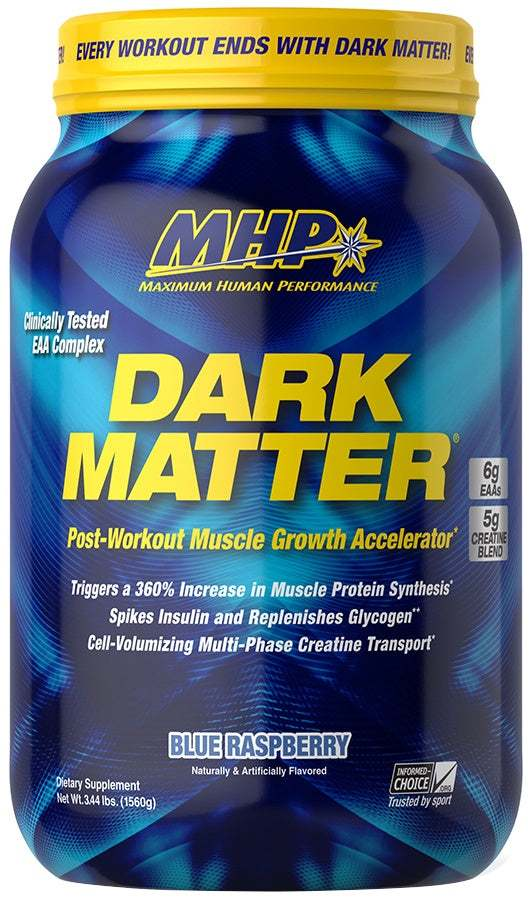

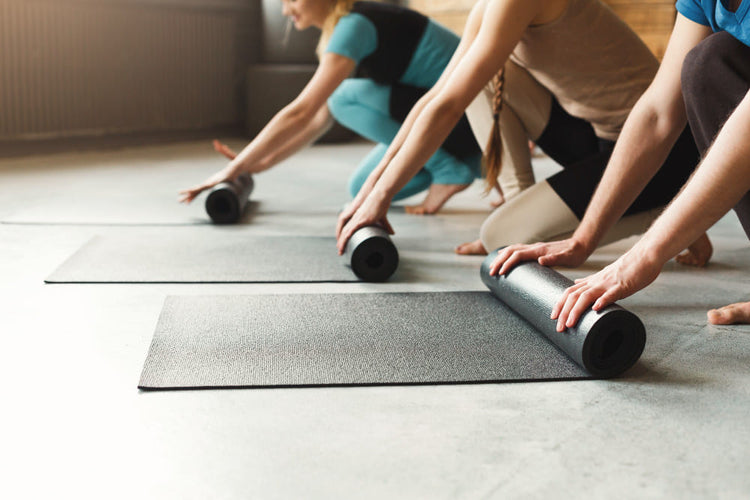
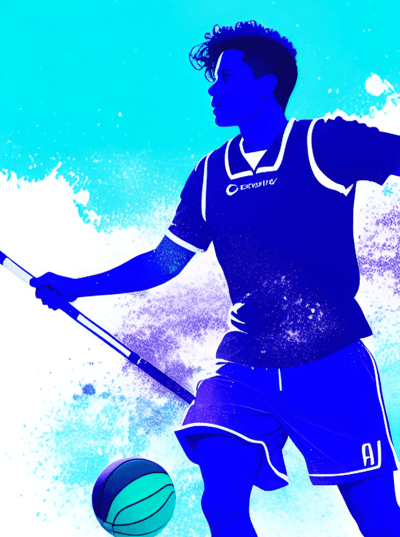

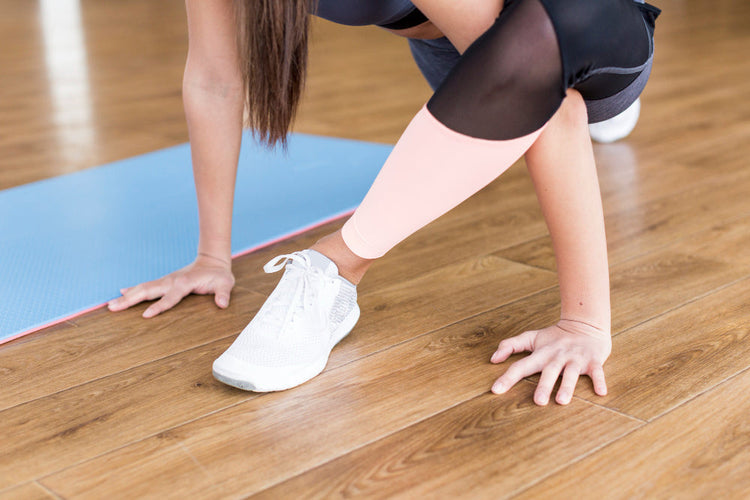
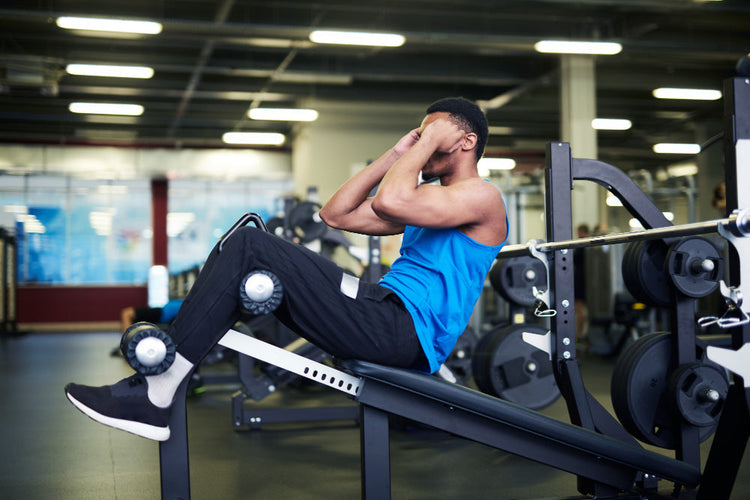
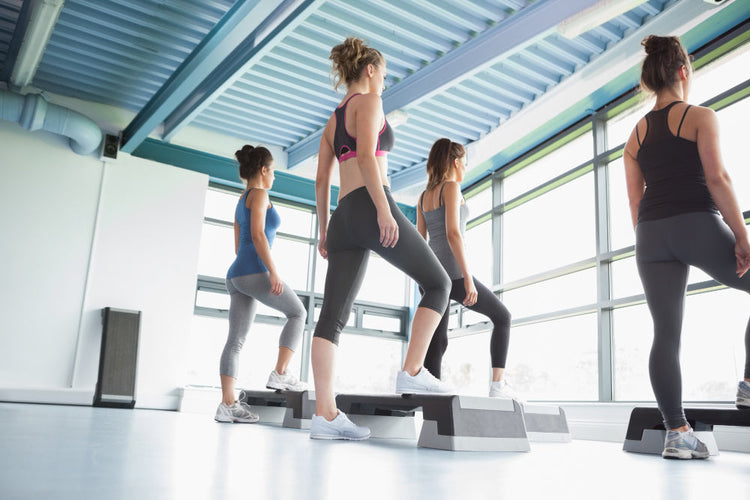


 Rated Excellent by 26,523+ Reviews
Rated Excellent by 26,523+ Reviews